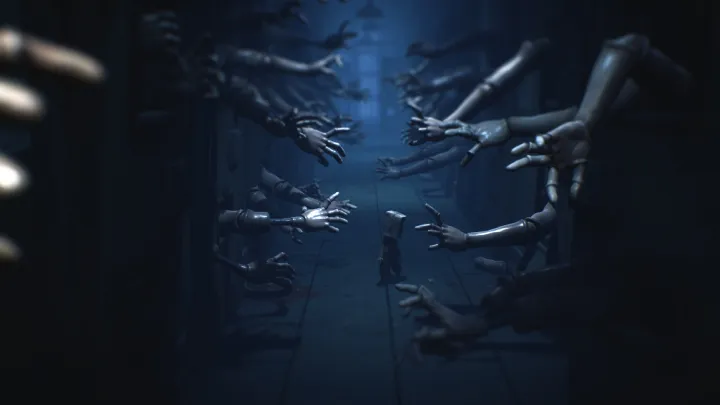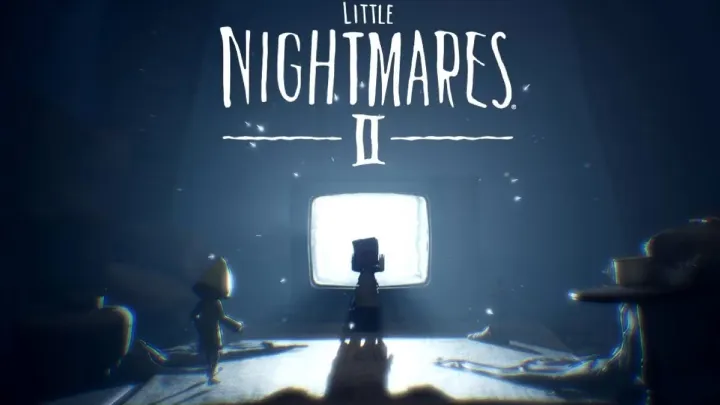Little Nightmares is a puzzle-platformer horror adventure game developed by Tarsier Studios and published by Bandai Namco Entertainment. Released in April 2017, it quickly garnered attention for its distinctive art style, atmospheric storytelling, and unsettling themes. The game invites players into a dark and whimsical world filled with grotesque creatures and surreal environments, creating a unique blend of horror and adventure. This article delves into the game's development, gameplay mechanics, narrative elements, and its impact on the gaming community.
Development History
Concept and Inspiration
The idea for Little Nightmares emerged from Tarsier Studios' desire to create a game that combines elements of horror, childhood fears, and whimsy. The developers drew inspiration from various sources, including fairy tales, childhood nightmares, and the works of Tim Burton and Hayao Miyazaki. This blend of influences contributed to the game's eerie yet enchanting atmosphere.
Early Development
Tarsier Studios, known for its work on the LittleBigPlanet series, began developing Little Nightmares in 2014. The game was initially conceived as a prototype, which gradually evolved into a full-fledged project. The development team focused on creating a visually striking world that would evoke a sense of unease and curiosity.
Release and Reception
Little Nightmares was released on multiple platforms, including PlayStation 4, Xbox One, Nintendo Switch, and PC. Upon its launch, the game received critical acclaim for its art direction, sound design, and storytelling. Players and critics praised its ability to convey emotion and tension without relying on traditional horror tropes.
Gameplay Mechanics
Core Gameplay Loop
The gameplay in Little Nightmares revolves around exploration, puzzle-solving, and stealth. Players control a small character named Six, navigating through the eerie environment of the Maw, a mysterious underwater vessel filled with grotesque inhabitants. Key elements of gameplay include:
- Exploration: Players must traverse various environments within the Maw, uncovering hidden paths and secrets while avoiding dangers.
- Puzzle-Solving: The game features a variety of puzzles that require players to manipulate the environment, interact with objects, and use their wits to progress.
- Stealth Mechanics: Given the presence of terrifying enemies, stealth is a vital component of gameplay. Players must avoid detection and use stealth to navigate through dangerous areas.
Art Style and Atmosphere
One of the standout features of Little Nightmares is its unique art style, characterized by a hand-drawn aesthetic and a muted color palette. The environments are richly detailed, immersing players in a world that feels both whimsical and nightmarish. The game's art direction enhances the storytelling, evoking emotions that resonate with players.
Sound Design
The sound design in Little Nightmares plays a crucial role in creating tension and atmosphere. The game features minimal dialogue, relying instead on ambient sounds, eerie music, and the unsettling noises made by enemies. This approach heightens the sense of dread and keeps players engaged in the experience.
Narrative and Setting
Story Overview
The narrative of Little Nightmares follows Six, a young girl trapped in the Maw, a mysterious underwater vessel filled with monstrous inhabitants. As players guide Six through the haunting environments, they uncover the dark secrets of the Maw and the fate of its inhabitants. The storyline is intentionally ambiguous, allowing players to interpret events and themes in their own way.
Themes and Symbolism
The game explores various themes, including childhood fears, isolation, and the loss of innocence. The grotesque creatures serve as representations of these themes, embodying the anxieties and nightmares that can arise from childhood experiences. The Maw itself symbolizes a twisted world where innocence is devoured, creating a poignant commentary on the loss of childhood.
Reception and Impact
Critical Acclaim
Little Nightmares received widespread acclaim upon its release, with critics praising its art design, atmosphere, and storytelling. The game was lauded for its ability to evoke emotions and create tension without relying on jump scares or conventional horror elements. Many reviewers highlighted the game's unique visual style and immersive world.
Community Engagement
The game quickly developed a dedicated fanbase, with players sharing theories, artwork, and gameplay experiences online. Community engagement played a significant role in the game's success, fostering discussions about its narrative and themes.
Expansions and Sequels
The popularity of Little Nightmares led to the release of downloadable content (DLC) and a sequel, Little Nightmares II, in February 2021. The sequel expanded on the original's mechanics and story, introducing new characters and challenges while maintaining the same atmospheric tone.
Challenges and Critiques
Short Playtime
One common critique of Little Nightmares is its relatively short playtime. Many players completed the game in a few hours, leading to discussions about the value of the experience versus its length. While some appreciated the concise storytelling, others wished for a longer adventure.
Ambiguous Narrative
While the game's ambiguity is often praised, it can also be a point of contention for some players. The lack of clear explanations for certain plot points and character motivations may leave some feeling unsatisfied or confused.
Future of the Franchise
Potential Expansions
Given the success of Little Nightmares and its sequel, there is potential for further expansions or spin-offs in the franchise. Tarsier Studios may continue to explore the dark and whimsical world they have created, offering new stories and gameplay experiences.
Continued Community Engagement
As the franchise evolves, maintaining community engagement will be crucial. Encouraging fan theories, artwork, and discussions can help keep the spirit of Little Nightmares alive and foster a lasting connection between developers and players.
Conclusion
Little Nightmares is a captivating blend of horror, adventure, and artistic storytelling that resonates with players on multiple levels. Its haunting atmosphere, unique art style, and thought-provoking themes set it apart in the gaming landscape. As the franchise continues to grow and evolve, it promises to offer new experiences that delve deeper into the dark and whimsical world of nightmares, ensuring its place in the hearts of gamers for years to come.

















